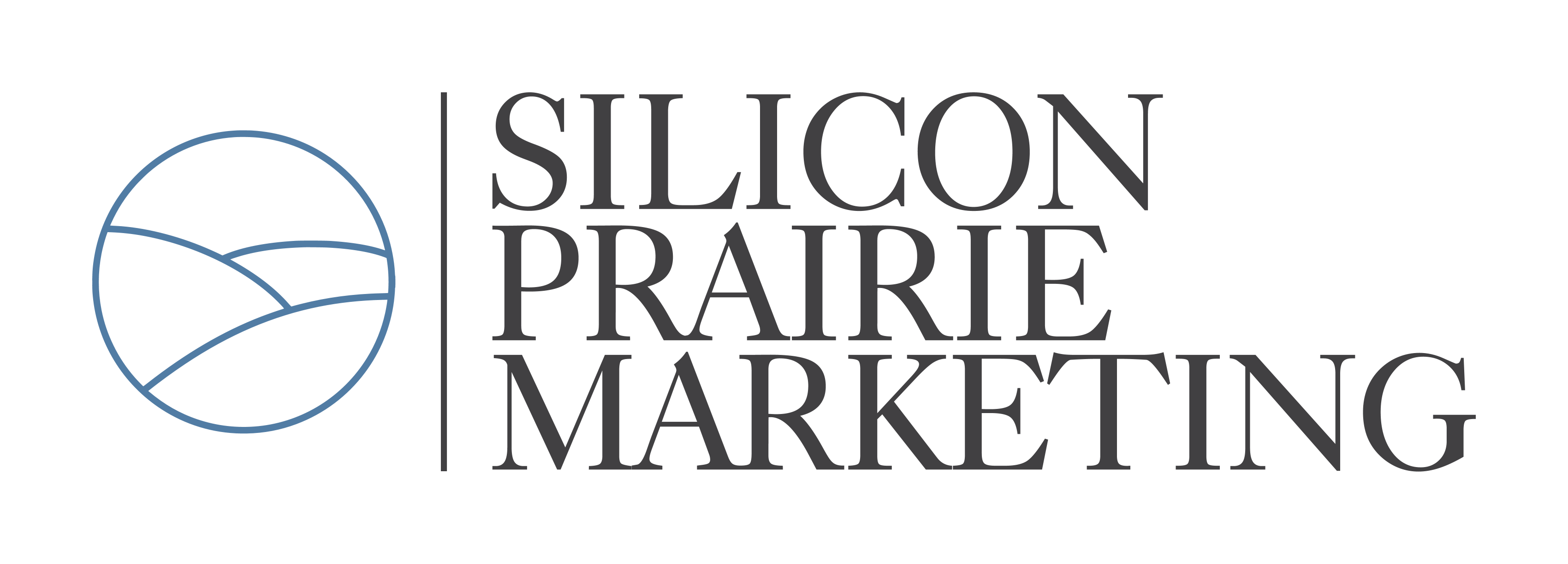On-Page SEO: How to Optimize your Website's Content
On-page SEO refers to the practice of optimizing individual web pages in order to rank higher and earn more relevant traffic in search engines. On-page optimization involves optimizing your website’s content and structure to make it more search engine friendly. In this post, we will discuss how you can optimize your website’s content to improve your on-page SEO.
- Keyword Research: Before you start optimizing your website’s content, it’s important to conduct keyword research. This will help you understand what terms and phrases your target audience is searching for and what keywords you should target on your website. Use tools such as Google Keyword Planner or Ahrefs to help you with your research.
- Use Relevant Keywords: Once you have a list of keywords, it’s time to start incorporating them into your website’s content. Make sure to use keywords naturally and don’t stuff your content with too many keywords. This can harm your search engine rankings and harm your user experience.
- Optimize Page Titles and Descriptions: Page titles and descriptions are important elements of on-page SEO. They appear in the search engine results pages (SERP) and provide a brief overview of what your website is about. Make sure your page titles and descriptions are keyword optimized and accurately describe the content of your website.
- Create Quality Content: Quality content is the backbone of on-page SEO. Make sure your website’s content is relevant, well-written, and provides value to your audience. Avoid using duplicate or plagiarized content, as this will harm your search engine rankings.
- Use Header Tags: Header tags (H1, H2, H3, etc.) are used to structure your content and make it easier for search engines to understand the hierarchy of your content. Make sure to use header tags appropriately and include relevant keywords in your headings.
- Optimize Images: Optimizing your images is another important aspect of on-page SEO. Make sure to use descriptive file names, alt tags, and compress your images to reduce their file size. This will improve your website’s load time and provide a better user experience.
- Use Internal Linking: Internal linking is the process of linking to other pages within your website. This helps to distribute link equity and provide a better user experience. Make sure to use descriptive anchor text and link to relevant pages within your website.
In conclusion, on-page SEO is an important aspect of search engine optimization and can have a significant impact on your search engine rankings. By optimizing your website’s content and structure, you can improve your on-page SEO and drive more relevant traffic to your website.
